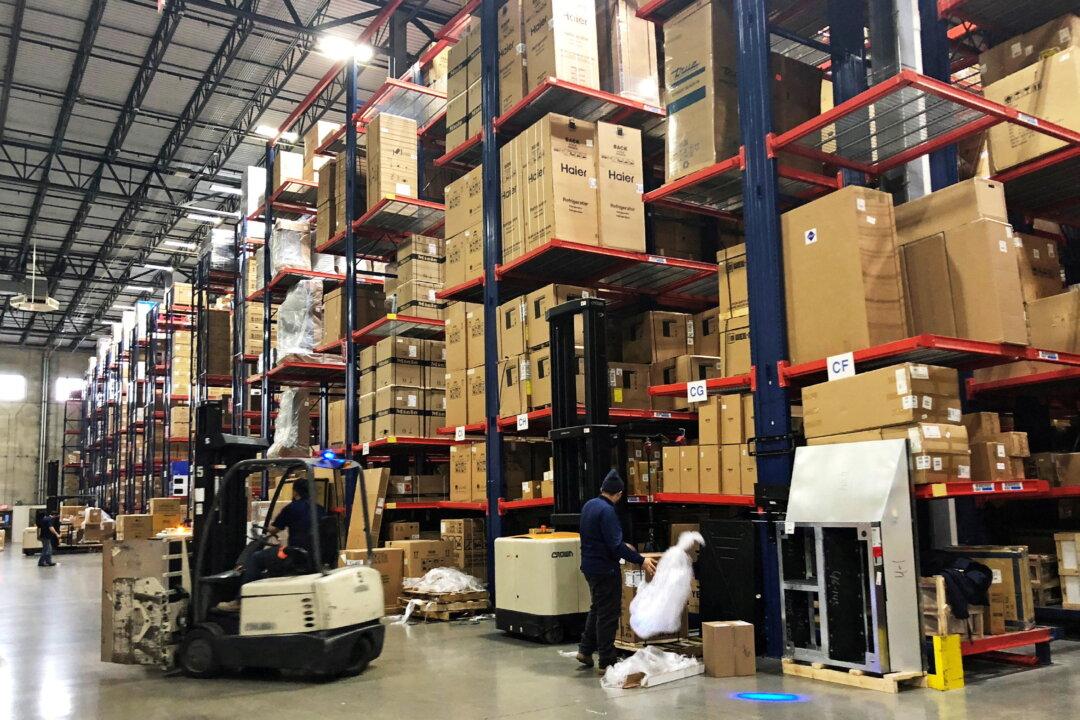The latest warehouse data are showing signs that inflation could come back with a vengeance this year.
As U.S. markets await the latest release of the Consumer Price Index (CPI) on Feb. 14, logistics managers are warning of growing signs of inflation in the supply chain, which may financially hurt consumers.





